Following instructions Normal Worksheets for Ages 3-5
9 filtered results
-
From - To
Welcome to our "Following Instructions Normal Worksheets" designed specifically for children aged 3-5. These engaging worksheets promote early learning through fun activities that encourage your little ones to follow simple directions. By participating in these interactive tasks, children build essential skills in listening, comprehension, and critical thinking. Our worksheets are colorful, easy to understand, and tailored to capture young imaginations, making learning delightful. Perfect for parents and educators alike, these resources will help your child enhance their ability to follow instructions and support their overall development. Discover the joy of learning with Kids Academy’s interactive approach to following instructions!


Christmas: Night Before Christmas Printable
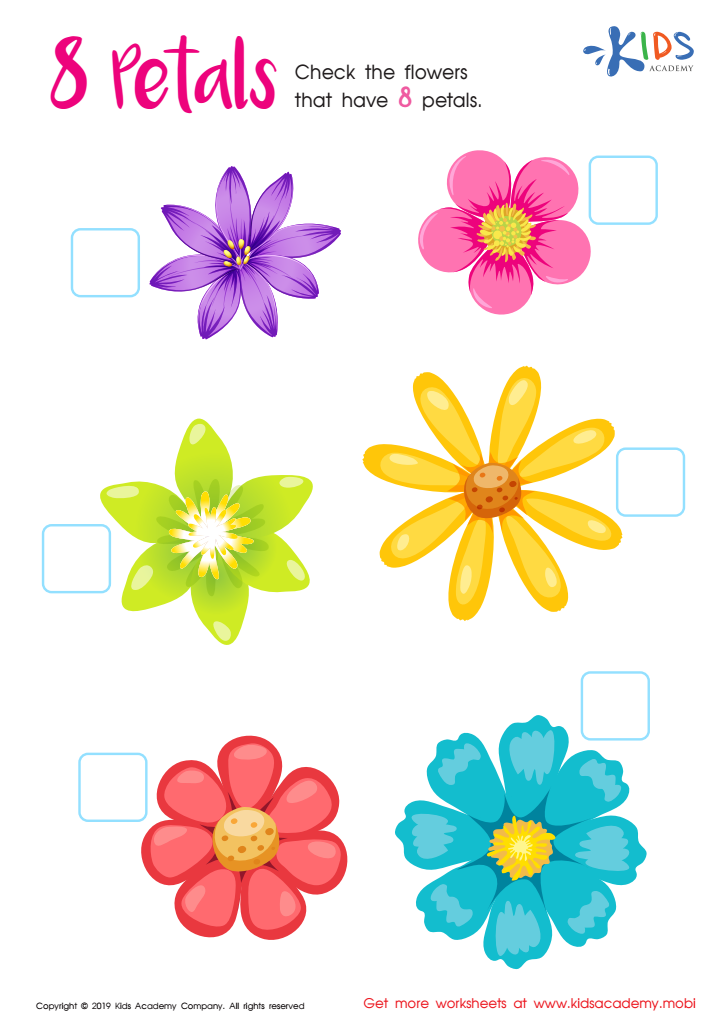

8 Petals Worksheet
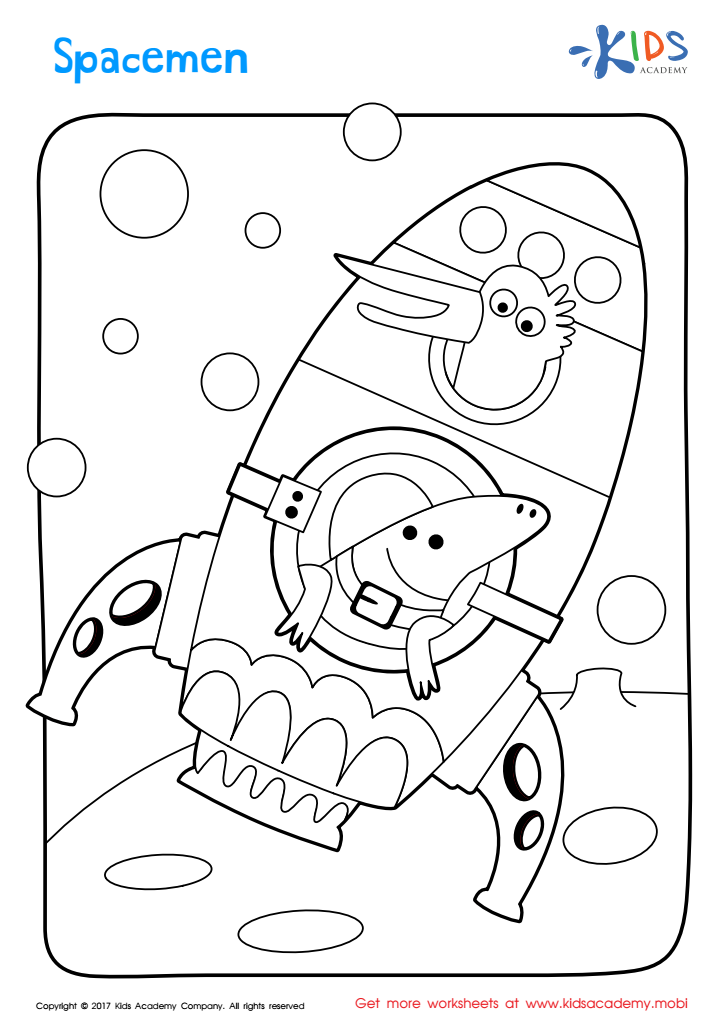

Spacemen Coloring Page
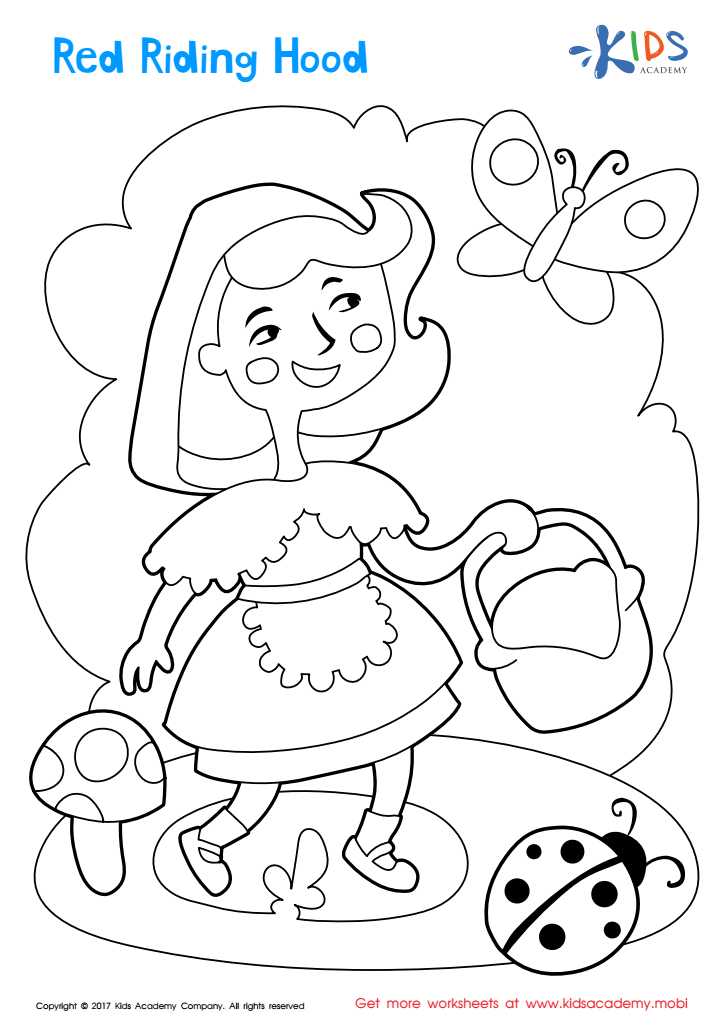

Red Riding Hood Coloring Page
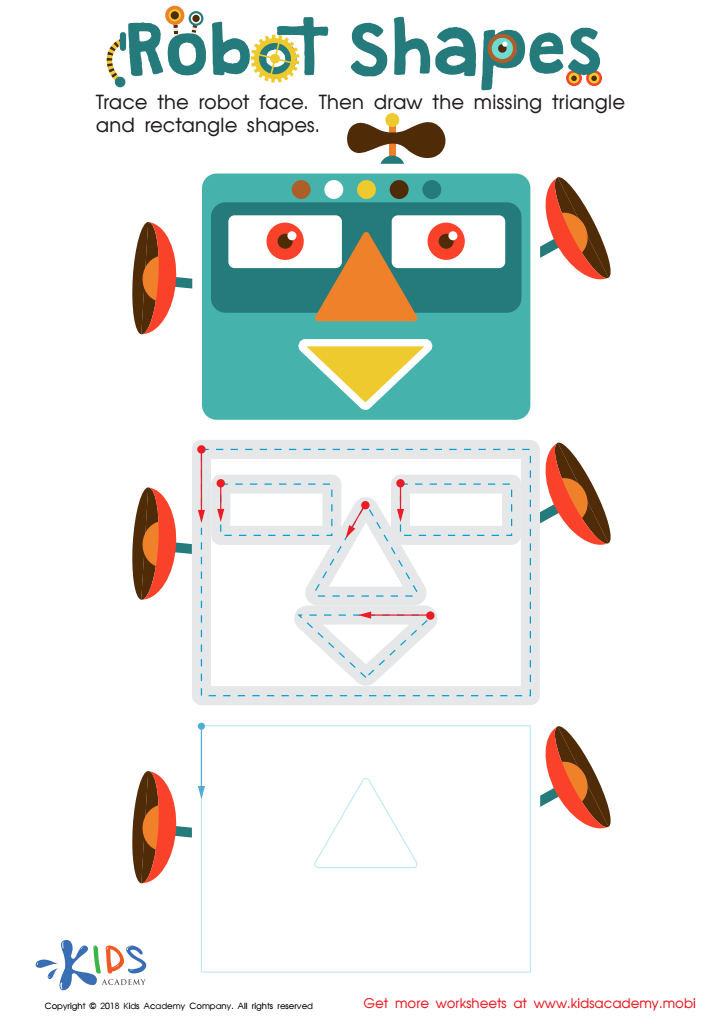

Robot Shapes Worksheet
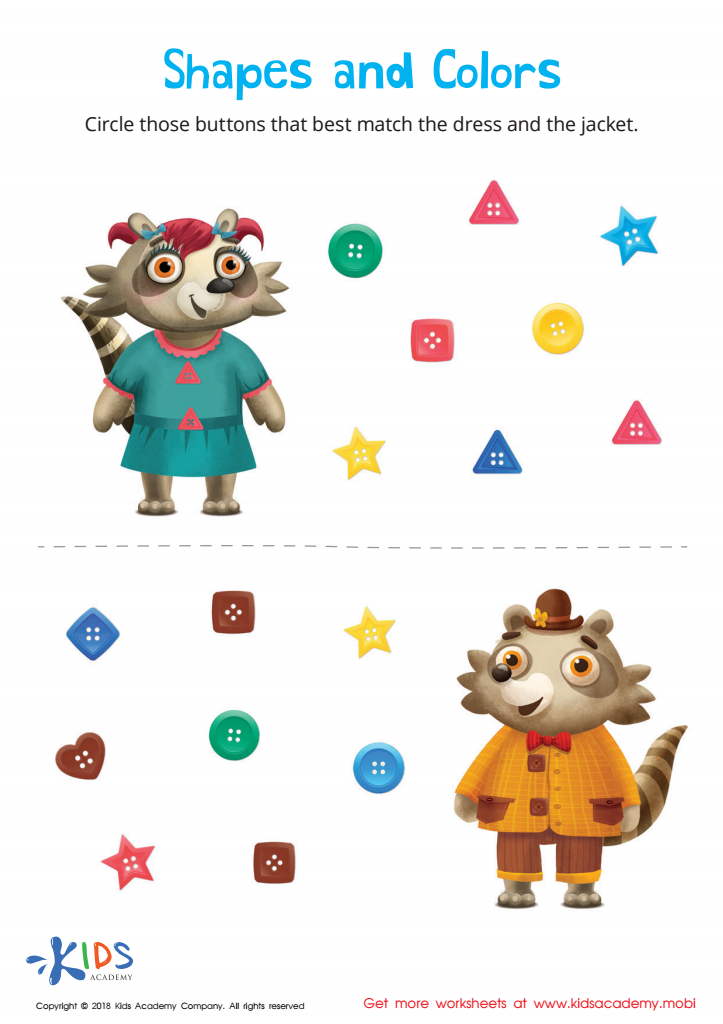

Shapes and Colors Worksheet


Playground Worksheet
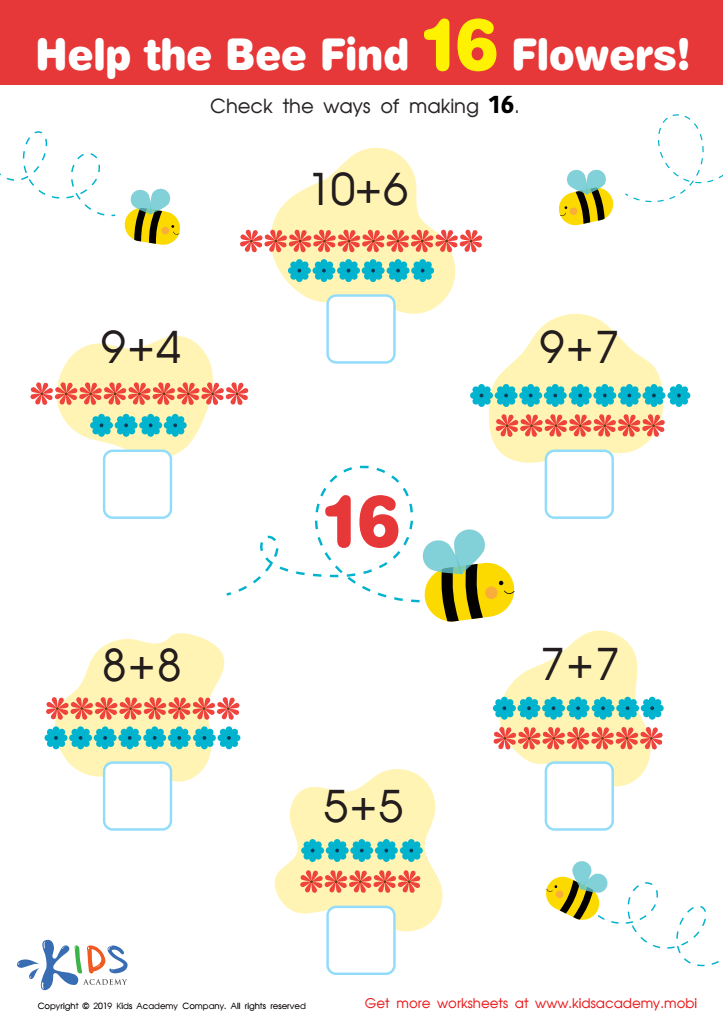

Help the Bee Find 16 Flowers Worksheet


Christmas: Christmas Tree Printable
Following instructions is a critical skill for children ages 3-5, and it's essential that both parents and teachers prioritize it for several reasons. First, it fosters self-discipline and attention span, which are crucial for success in school and beyond. When young children learn to listen and adhere to directions, they develop the ability to focus, enabling them to engage with lessons and activities effectively.
Moreover, following instructions helps cultivate social skills. In group settings, children who can follow directions contribute to smoother interactions with peers and adults, facilitating collaborative play and learning. This skill also promotes independence, as understanding and following instructions empower children to complete tasks on their own, building their confidence.
Furthermore, adhering to guidelines sets the foundation for safety and organization. In educational settings, for instance, following instructions helps prevent accidents and ensures activities run smoothly. For parents, reinforcing these skills at home—whether in play, chores, or routine tasks—fosters a sense of responsibility.
Ultimately, encouraging children to follow instructions nurtures important cognitive and emotional developments, paving the way for future academic and social success. Thus, investing in this skill not only benefits children but also enriches the learning environment for everyone involved.

 Assign to My Students
Assign to My Students



















